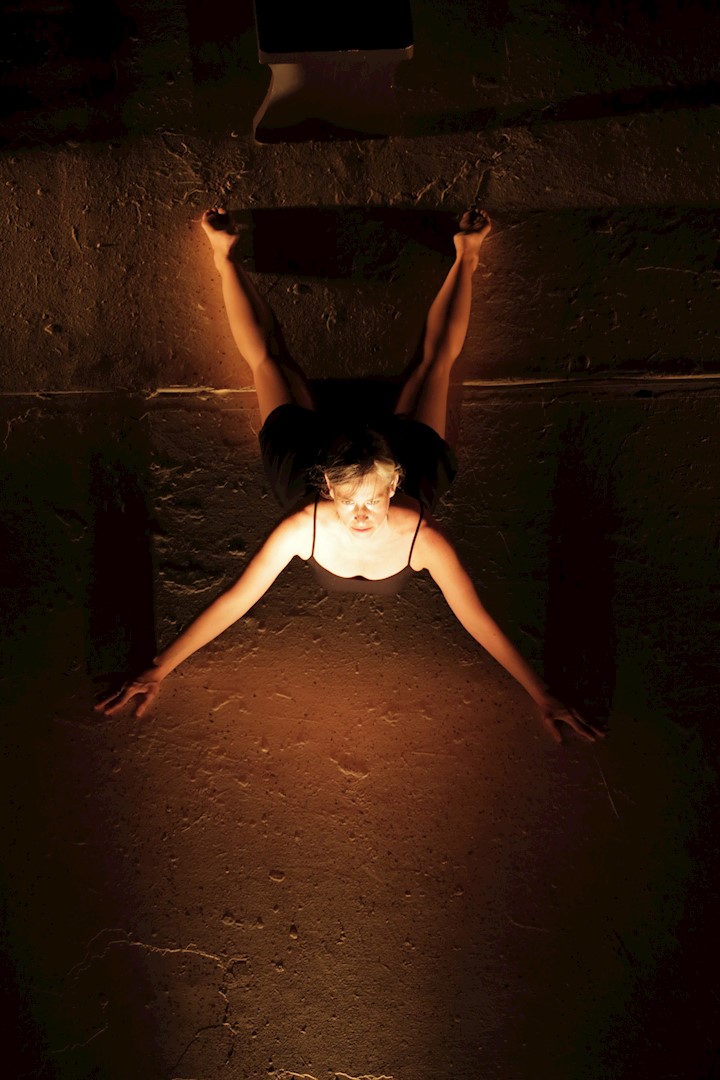My journey with The Dancer-Citizen has traveled from the virtual to the real. I see in the project “Moving the Map” borders being broken down, embracing real contact through live performances, and virtual contact through live streaming. The Dancer-Citizen has provided the orbit for my activities stemming from my first interaction.
In my first piece for The Dancer-Citizen publication, “Site-specific Protest dance: Women in the Middle East,” I switched from what might be called a contemplative mode to a more interactive mode of practice. I began a written correspondence with Nadra Assaf (Lebanese American University, Beirut and Byblos) in an email on January 14, 2016 pertaining to my subject of a woman’s body in society; its movement and appearance. This initial email turned into an exchange of 35,500 more written words. We met in person at the 13th International NOFOD Conference titled DANCE AND DEMOCRACY held on June 14-17, 2017 at the University of Gothenburg, Sweden, where we presented a 60 minute performance/lecture entitled Embodying Feminism in the 21st Century: Perspectives from the East and the West. This experience led to the evolution a performance piece entitled, Our Bodies, Our Voices, performed in the Festival NEXT, in Beirut, August 28, 2017.
This collaboration included the creation of my piece What About Me. This piece was created after the election of Trump. My collaboration with Nadra Assaf allowed me to see that the way women were treated in both cultures had many similarities, and that archetypes about women as objects and inferior to men, still hold sway in the United States of America. It was not about a hierarchy of what culture treated women better, but instead about finding similar points of reference, and thus empathy and solidarity between us.










What About Me was accepted by The Dancer-Citizen as a follow-up to my initial piece, “Site-specific Protest dance: Women in the Middle East,” in The Dancer-Citizen Issue 4.
My reality kept expanding: from my Western culture to an Eastern one, from a virtual world to a real one, and from New Jersey to Beirut. The physical contact that I had with Assaf created an empathy, bonding, and understanding on a deeper level than our written correspondences. We created in our dance a mirror of recognition; an intersection of nationalities, cultures, personal stories, bodies, and memories. Donald Trump has fostered an environment of divisiveness in the United States where categories define and divide individuals. Our work aims to show connections, and the ability to empathize with one another beyond borders; moving together, body to body in a shared space.